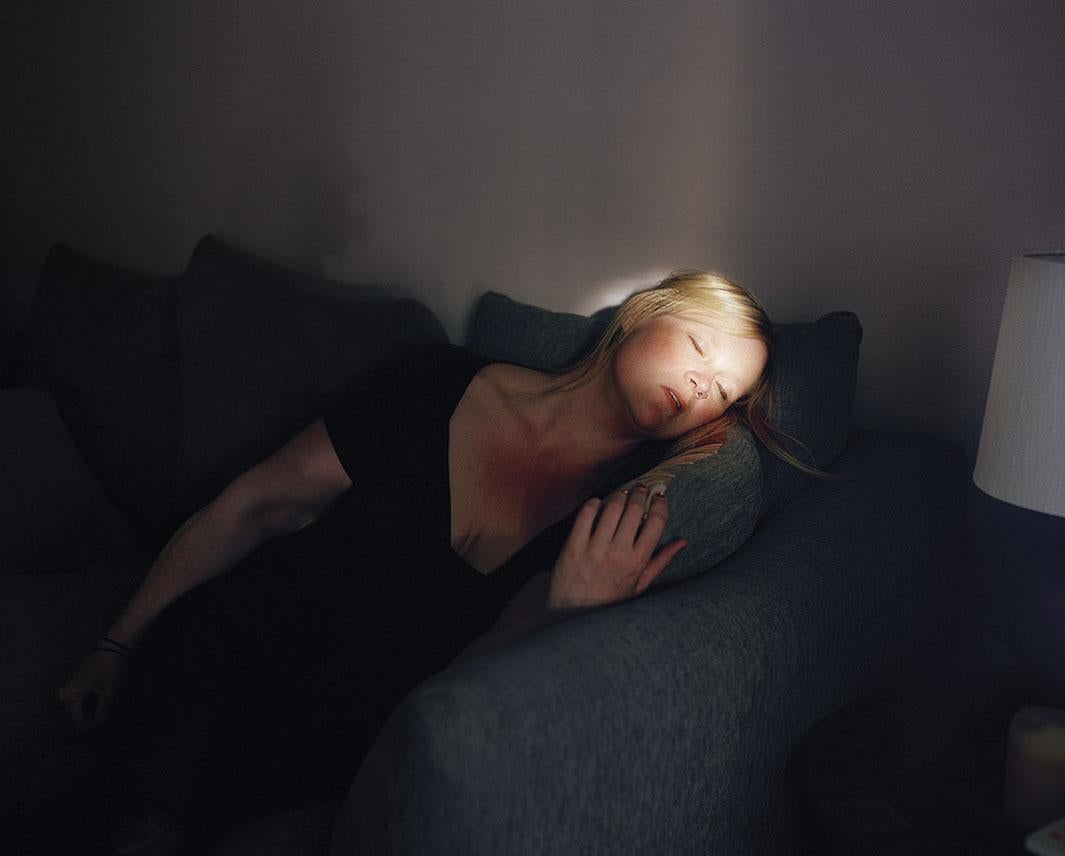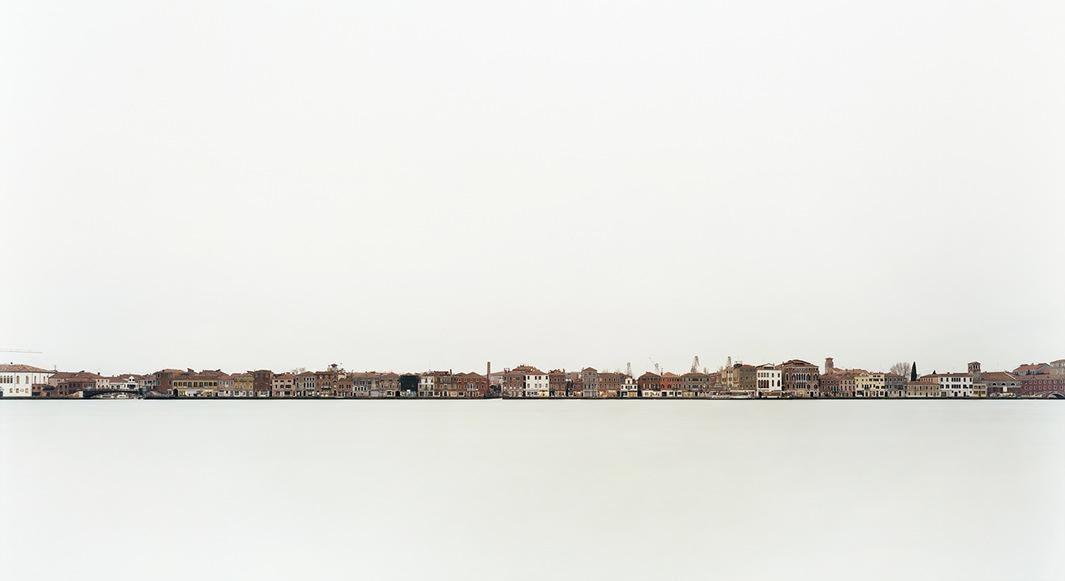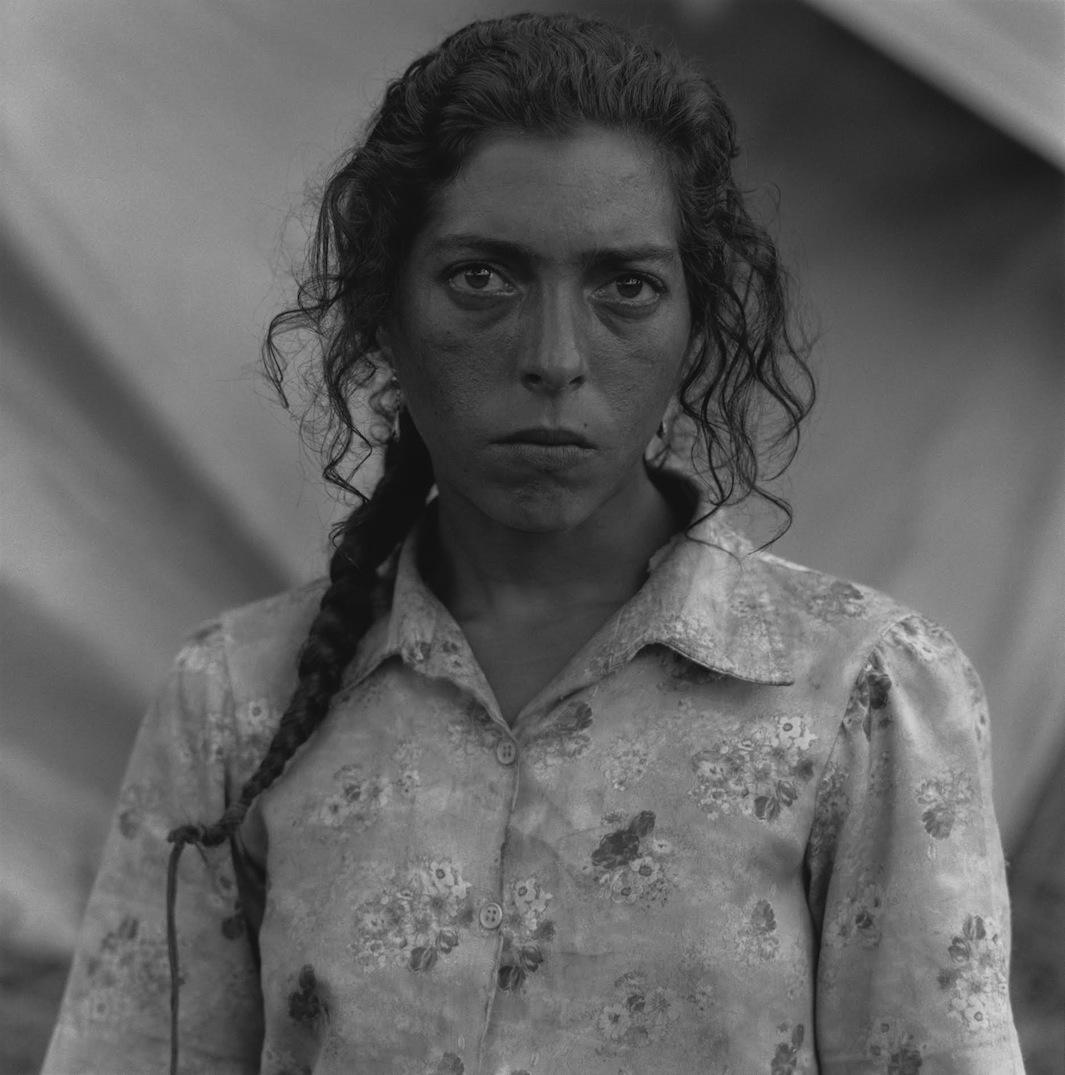We see a lot of work while researching stories to run on Behold, the majority online. But every now and again we have the chance to head out and see some work hanging on the walls of galleries and museums in and out of New York. Here are a few of our favorites from 2014.

Jen Davis
Jen Davis: “Eleven Years”
Jen Davis has been working on a series of self-portraits that examine body identity for 11 years. It’s fitting then, that she referenced that period of transition and self-reflection as the title of that series “Eleven Years,” that opened at ClampArt last May and has also been published as a book by Kehrer. Looking at a life—anyone’s life—edited down to a small collection of images can be a profound experience for both the photographer and viewer. Davis’ images strike a cord for their vulnerability, further enhanced by her talent for composition and beautiful lighting. –David Rosenberg

Left: Cara Philips Right: Dawoud Bey
Group Show: “Up Close and Personal”
It is possible to get over stimulated at a show? That’s what I discovered at “Up Close and Personal” at Fuchs Projects in Bushwick, Brooklyn, curated by Ruben Natal San Miguel. Some of the photographs—including work by Alex Prager, Michael Wolf, and Dawould Bey—were familiar, others were less known, but all were hung, salon style with no sense of hierarchy. It was chilly outside on opening night, but the space was packed with many of the exhibiting photographers who came out to one of the artiest neighborhoods in New York City. It felt like a party you were happy to have been invited to. –David Rosenberg

Jacqueline Hassink
Jacqueline Hassink: “View, Kyoto”
Jacqueline Hassink’s 10-year series of Kyoto’s gardens and Buddhist temples are both lush and meditative, a glimpse into a closed society rooted in its traditions. In September, the Huis Marseille Museum in Amsterdam, located in a French residence built in around 1665, exhibited the large-scale prints of “View, Kyoto” in one of its 13 exhibition spaces. There are not many places more beautiful than Huis Marseille to view photography. The beautifully decorated space filled with history seemed the perfect backdrop for Hassink’s work. –David Rosenberg

Copyright Maroesjka Lavigne, courtesy Robert Mann Gallery, New York.
Maroesjka Lavigne: “Island”
Belgian photographer Maroesjka Lavigne was just 21 when she drove for months across Iceland to create the images in her series, “Island,” which I saw in April at Manhattan’s Robert Mann Gallery. Full of cinematic portraits and snowy landscapes featuring small, isolated subjects, the photos suggest a loose narrative of mystery and melancholy. Though they do justice to the country’s ample natural beauty, they’re way more odd and interesting than anything you’d find in a travel magazine. –Jordan G. Teicher

Copyright Sze Tsung Leong, courtesy Yossi Milo Gallery, New York.
Sze Tsung Leong: “Horizons”
In Sze Tsung Leong’s series, “Horizons,” the world serves as raw material the photographer can mold to fit his own rigorous aesthetic. From Paris to Havana to Toledo, Leong’s horizon line is fixed, making cities and people alike look small in relation to the expansive skies above. When I saw these photos at Yossi Milo Gallery in May, they looked like fragments of an endless terrestrial tapestry, one in which, from a distance, political, social and environmental differences seem meaningless. –Jordan G. Teicher

Valdir Cruz, courtesy Throckmorton Fine Art
Guarapuava: “Valdir Cruz”
Comprised of more than 30 years worth of photographs, Valdir Cruz’s book-length portrait of his hometown, Guarapuava, is a love letter to a place and its people. At an exhibition of this work at Manhattan’s Throckmorton Fine Art in September, I met Cruz, and as we wandered through his black-and-white prints of Gypsies, cattle drivers and rural landscapes, I saw his admiration for the countryside and his disappointment in its changing traditions and environment. –Jordan G. Teicher

Courtesy of Sunil Gupta and sepia EYE, New York
Sunil Gupta: “Out and About: New York and New Delhi”
Indian artist Sunil Gupta’s work explores notions of gender, sexuality and community. In his exhibition, “Out and About: New York and New Delhi,” which was on display through Dec. 20 at sepiaEYE in Manhattan, Gupta’s photos of gay men in the Village in the ’70s, “Christopher Street,” were shown alongside his more recent portraits of queer men and women in Delhi, “Mr. Malhotra’s Party.” The differences between them in time and place, composition, and political context made for a fascinating examination of culture and the public space. –Jordan G. Teicher